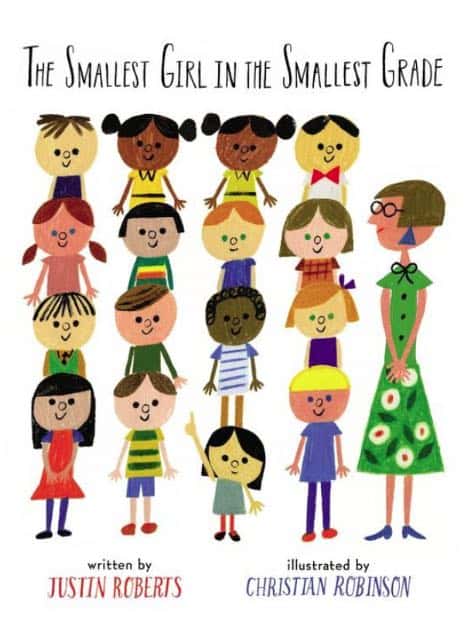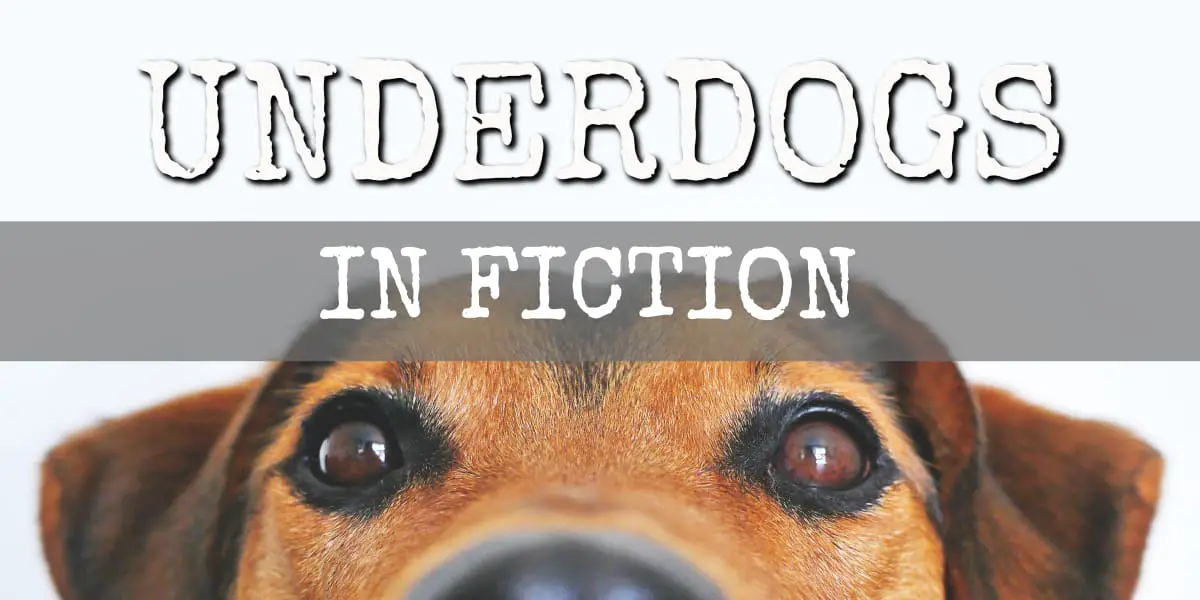The underdog is very popular as a main character in fiction. But there are ways to write underdogs well as well as pitfalls to avoid.
What Is An Underdog?
- An underdog story is a ‘David Beats Goliath’ story going back even further than Biblical times.
- Underdog stories are often rags-to-riches stories. (Cinderella stories)
- Another variation is the Baby In The Basket, starting with Oedipus.
- When the main character is an underdog the audience tends to care about them and root for their success in whatever goal the writer sets up.
- Sometimes the underdog is discriminated against due to their identity, e.g. racism or sexism or any other kind of prejudice. In fairytales it was because they were poor or unconnected or because their stepmother didn’t love them.
- In children’s stories, the child is always part underdog archetype by virtue of being a child, not considered capable of doing anything significant, not trusted, not believed.
- In fables, mice are under-‘dogs’ because of their small size.
- Northrop Frye categorised heroes based on how similar main characters are to the average person. The underdog sits between low mimetic and ironic narrative, right at the bottom of the pecking order.

The Three Assumptions Behind Most Underdog Stories
It’s worth thinking hard about our own attitudes towards social hierarchy before writing an underdog story. In contemporary stories, these are some shared beliefs:
- In every situation there always has to be a winner and a loser. A happy ending requires not just someone’s triumph but also someone else’s defeat.
- The best way to win is to have the individual power to take control and win by one’s own actions
- A truly happy ending occurs only when a person who was oppressed achieves a position in which it’s possible to oppress others.
If you’re anything like me, you have a problem with these assumptions. For starters they promote a particularly combative, warring view on the world. Subversive stories will go beyond these conservative defaults. From a feminist perspective, these assumptions also pander to a masculine sensibility.
Maurice Sendak’s “Where The Wild Things Are“ is an excellent representation of these political assumptions. Surprisingly few award-winning texts for children celebrate the value of groups of people working together as equals; far more celebrate the power of individuals controlling groups.
from The Pleasures of Children’s Literature by Nodelman and Reimer
The Paradox Of Underdog Characters
Readers want heroes to be underdogs, but they don’t want them to be losers. They don’t want your main character to actually go from being zero to hero: they want him or her to start out with skills and admirable characteristics that will carry him or her though the story.
Matt Bird
Matt Bird uses the phrase ‘zero to hero’ to describe how much someone changes over the course of a story.

Underdog Stories vs Carnivalesque Stories
Leaving Northrop Frye’s categorisation aside for a moment, in which the superhero is the inverse of an underdog, the inverse of an ‘underdog story’ is a ‘carnivalesque’ story. Read Pippi Longstocking for a prime example of carnivalesque. In a carnivalesque story a character with little agency (probably a child, or a child stand-in) has great fun by ignoring societal conventions, basically going on a bender and to hell with the consequences. For the duration of the story, this character has broken free from their underdog status.

